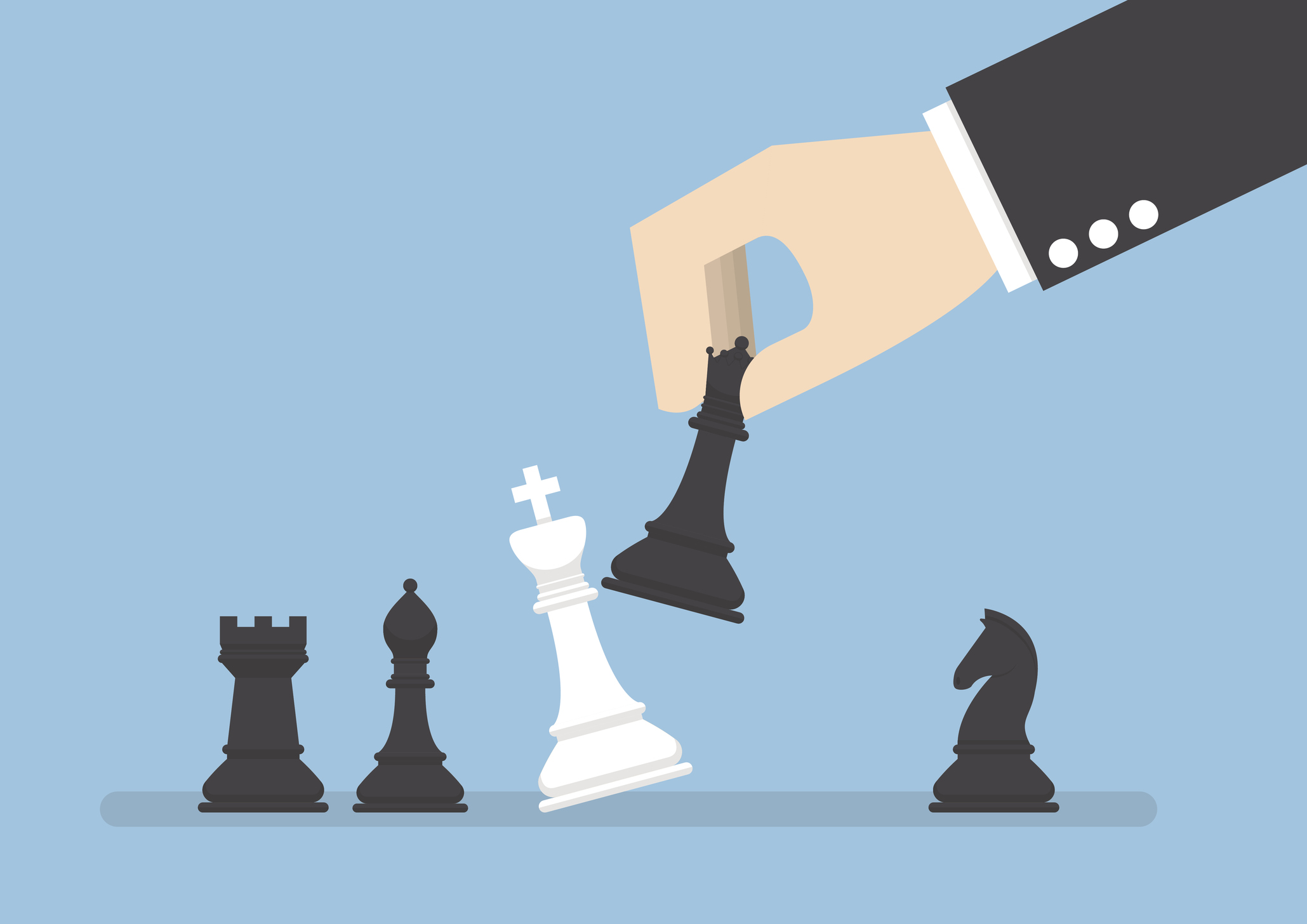Can artificial intelligence improve agency creativity?
Can artificial intelligence help us enhance creativity and unlock greater human potential? The Royals partner and Move 37 CEO, Dave King, explores how AI might reshape the fabric of the advertising industry – potentially disrupting a variety of traditional agency models.
When Russian chess grandmaster Garry Kasparov was beaten by IBM’s chess-playing computer in 1997, he didn’t see the defeat as a loss to the machine, but rather as a wake-up call for humans to the potential of working together with machines to achieve greater levels of intelligence and creativity.
Kasparov went on to create Centaur Chess, which brought together teams of humans plus computers, playing against lone human or computer competitors. From the outset, the winners were not the world’s best chess supercomputers at that time, nor a chess grandmaster. Instead, what Centaur Chess proved was this:



“Secondly, there will be profound implications for the speed, efficiency, and quality of creative output. Agencies will be able to leverage AI for rapid ideation, concept testing, and execution, allowing them to deliver projects more swiftly and effectively.”
100% and I would add creating more space (+feedback) for enhanced creative thinking.